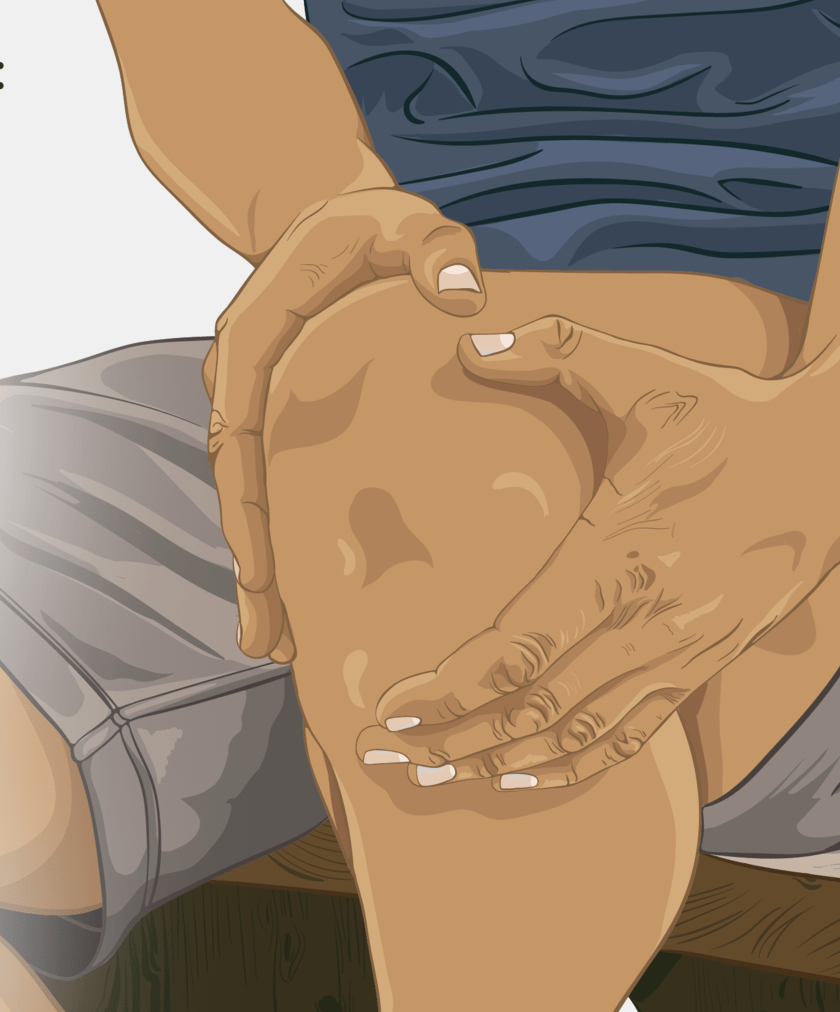Editor’s note: Before beginning any new exercise program, consult your doctor. Stop immediately if you experience pain.
CNN — Aching knees are surprisingly common.
While you may be tempted to hang out on the couch if one or both of your knees hurt, exercise — Pilates in particular — may be a much better option. It all depends on the reason for your pain.
About 25% of adults experience knee pain, according to a 2018 study published in the journal American Family Physician. The report also found the prevalence of knee pain has increased 65% over the past 20 years.
Osteoarthritis is often the cause of knee pain, especially for women and older adults, according to the Arthritis Foundation. But sore knees may also result from an injury, weak or tight muscles, obesity, overuse, or muscle imbalances.
“Establishing a correct diagnosis is super important,” said Dr. Adam Kreitenberg, a rheumatologist and internal medicine physician at Rheumatology Therapeutics Medical Center in Tarzana, California. “You’ll want to know if the pain is from, say, a fracture, meniscus tear, osteoarthritis or rheumatoid arthritis.”
Knee pain from poor biomechanics is the driver behind much of the knee issues seen by Shari Berkowitz, a biomechanist and founder of The Vertical Workshop, a studio in New York’s Westchester County that provides continuing education to Pilates instructors.
“People have a malalignment, and then irritation or strains occur,” Berkowitz said. “Over many years, it can be compounded into a catastrophic injury like a muscle tear, or it can become something that affects the cartilage and turns into osteoarthritis.”
If you experience sudden knee pain, it’s probably best initially to rest your knee, Kreitenberg said. But you don’t want to be immobile for too long …



